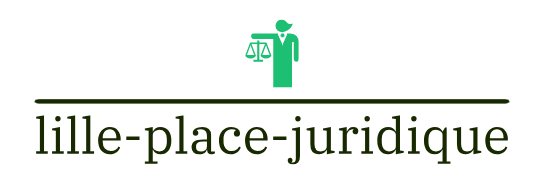Understanding Positive Reinforcement
Positive reinforcement is a dog training method built on rewarding desired behaviors. Instead of punishing unwanted actions, it focuses on strengthening good ones by associating them with something the dog finds pleasant. This could be a tasty treat, a favorite toy, enthusiastic praise, or even a fun game. The key is to make the reward something your dog truly enjoys, motivating them to repeat the behavior.
How Positive Reinforcement Works
The process works on the principle of operant conditioning. When a dog performs a desired behavior, immediately following it with a reward strengthens the connection between the behavior and the positive consequence. This makes the dog more likely to repeat that behavior in the future. The timing of the reward is crucial; it needs to be given within a second or two of the desired action for the dog to understand the connection.
Choosing the Right Rewards
Selecting appropriate rewards is vital for successful positive reinforcement training. Different dogs have different preferences. Some might be motivated by food, while others respond better to praise, toys, or even a game of fetch. Experiment to find out what your dog enjoys most. High-value rewards, like small pieces of cooked chicken or a favorite squeaky toy, are generally more effective for initially teaching new behaviors.
Effective Training Techniques Using Positive Reinforcement
Positive reinforcement can be used to teach a wide range of commands and behaviors. Start with simple commands like “sit” or “stay,” rewarding your dog immediately after they correctly perform the action. Gradually increase the difficulty of the commands and the duration they need to hold the behavior. Break down complex commands into smaller, manageable steps, rewarding each successful step along the way. This makes learning less overwhelming for your dog.
Dealing with Unwanted Behaviors
While positive reinforcement focuses on rewarding good behaviors, it also addresses unwanted ones. Instead of punishing a dog for jumping, for example, ignore the behavior and reward them when they have all four paws on the ground. Redirect unwanted behaviors to desired ones. If your dog starts digging in the garden, redirect their attention to a designated digging area and reward them for digging there instead. This method teaches the dog what you *do* want them to do, rather than focusing solely on what you *don’t* want.
Consistency and Patience are Key
Consistency is paramount in positive reinforcement training. Every family member should use the same commands and reward system. Inconsistent training can confuse your dog and hinder their progress. Be patient, as learning takes time. Dogs learn at different paces, and some commands may take longer to master than others. Celebrate small victories and avoid getting frustrated if your dog doesn’t get it right away. Remember, positive reinforcement is about building a positive relationship with your dog based on trust and mutual understanding.
The Benefits of Positive Reinforcement Training
Positive reinforcement builds a strong bond between you and your dog based on trust and cooperation. It creates a positive learning environment, making training a fun and rewarding experience for both of you. It reduces stress and anxiety for your dog, leading to a happier, more well-adjusted canine companion. Furthermore, this approach leads to improved communication and a deeper understanding between you and your furry friend. Ultimately, it results in a better-behaved dog and a more fulfilling relationship.
Addressing Common Misconceptions
A common misconception is that positive reinforcement means letting your dog get away with everything. This isn’t true. It’s about guiding your dog towards desired behaviors, not enabling undesirable ones. Another misconception is that it’s soft or ineffective. Positive reinforcement is, in fact, a highly effective method that builds a strong foundation for good behavior and a strong bond with your pet. It’s about understanding canine psychology and using positive motivators to shape your dog’s actions.
Long-Term Results and Continued Learning
The benefits of positive reinforcement extend far beyond basic obedience training. It builds a strong foundation for lifelong learning and a positive relationship with your dog. As your dog masters basic commands, you can progress to more advanced training, such as agility or scent work. Continue to reinforce positive behaviors and address any new challenges that arise with patience and consistency. Remember that training is an ongoing process, a journey of continued learning and bonding with your canine companion. Visit here to learn about dog discipline techniques.






